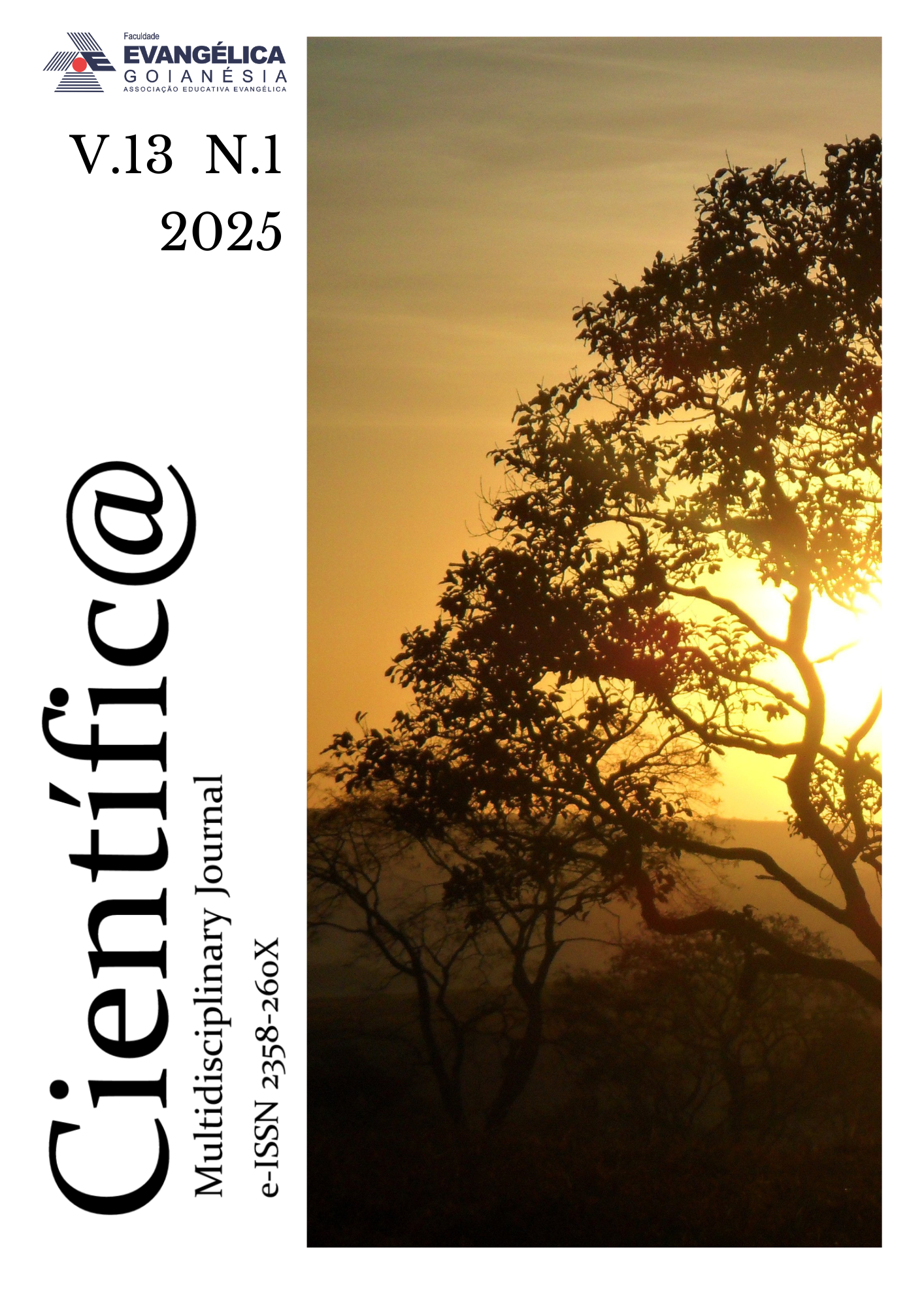PORTUGUÊS
DOI:
https://doi.org/10.37951/2358-260X.2025v13i1.7601Abstract
The mid-northern region of Mato Grosso stands out as the principal agricultural area in Brazil, concentrating a significant portion of the country’s soybean, corn, and cotton production, alongside the increasing use of crop-livestock integration (CLI) in rotation with major crops. All these farming practices, including corn planting, cotton cultivation, and CLI, significantly influence soil characteristics. Each management practice brings a unique set of impacts and interactions with the soil environment, shaping its properties in distinct ways. Epigeic fauna plays a crucial role in various important activities within the soil ecosystem, serving as a bioindicator of its health and long-term viability. Thus, the objective of this study was to evaluate the epigeic fauna present in second-crop cultivations in Mato Grosso, including fallow areas, pastures, corn, and cotton, focusing on standardized regional management practices for effective comparison. Using five pitfall traps per crop, randomly positioned, epigeic invertebrates were collected to quantify individuals, group richness, and the ecological indices of Simpson, Shannon, and Pielou. The results indicated a higher number of individuals and diversity of groups in fallow and pasture areas, with lower abundance of epigeic fauna in cotton cultivation.
Downloads
Published
How to Cite
Issue
Section
License
Esta revista oferece acesso livre imediato ao seu conteúdo, seguindo o princípio de que disponibilizar gratuitamente o conhecimento científico ao público proporciona maior democratização mundial do conhecimento.
A partir da publicação realizada na revista os autores possuem copyright e direitos de publicação de seus artigos sem restrições.
A Revista Científic@ - Multidisciplinary Journal segue os preceitos legais da licença Creative Commons - Atribuição-NãoComercial 4.0 Internacional. 

